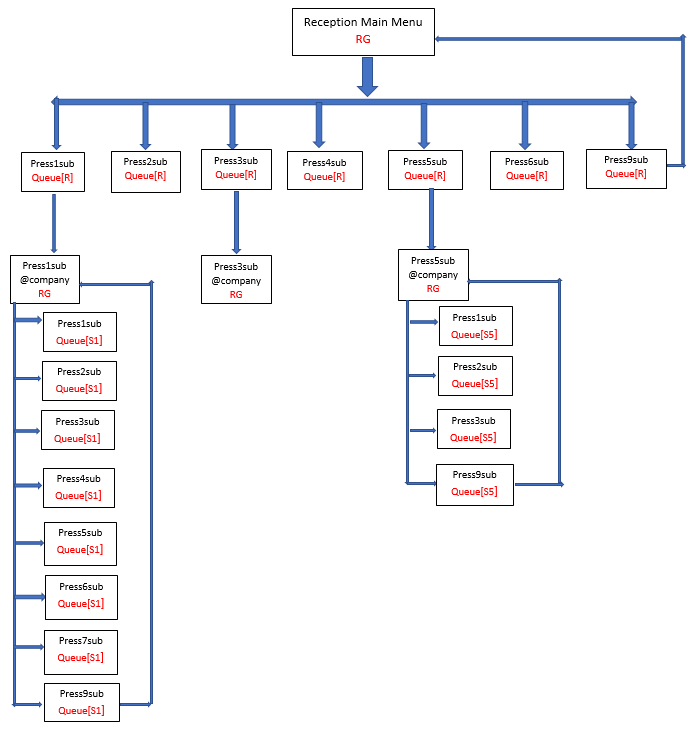Microsoft Teams Q&A
This page is a collection of Microsoft Teams and Skype for Business related questions and answers. It’s regularly updated as more information becomes available.
Microsoft Teams Q&A – Last Updated: 15th March 2018
Q: What is Microsoft Teams?
A: Microsoft Teams is a complete communications platform, that takes the best bits of Skype for Business, Yammer, SharePoint, Email and other web sources and presents them in one easy to use application. You can send IM’s, make voice and video calls, phone calls, Share documents, and collaborate all from within the one application.… [Keep reading] “Microsoft Teams Q&A”





